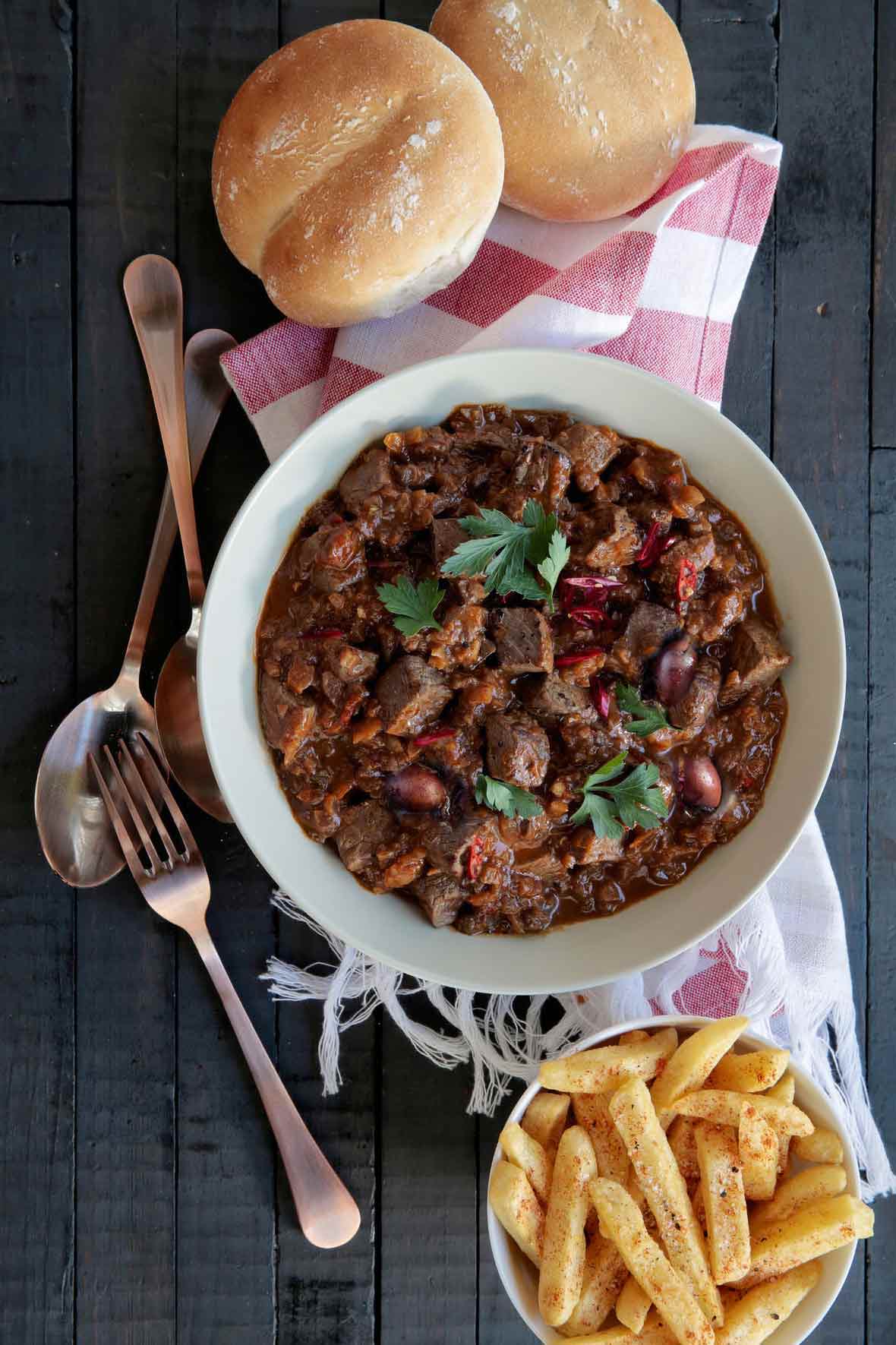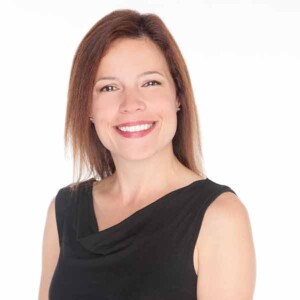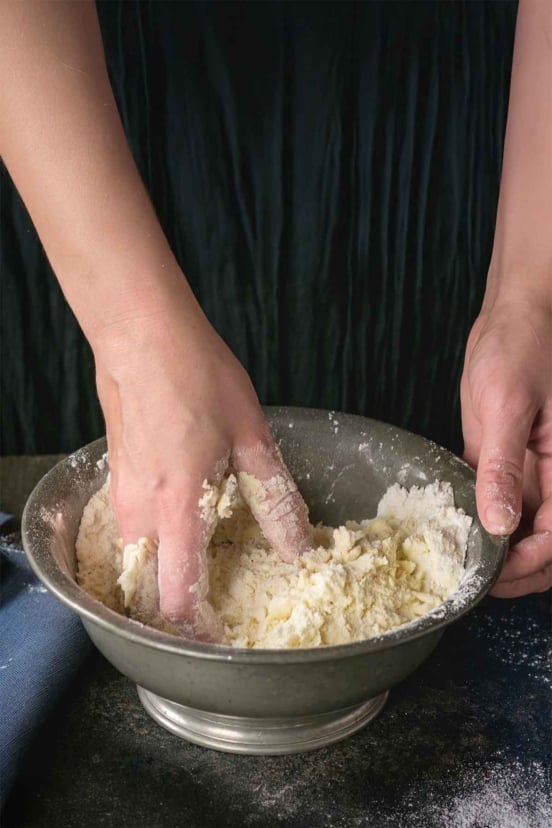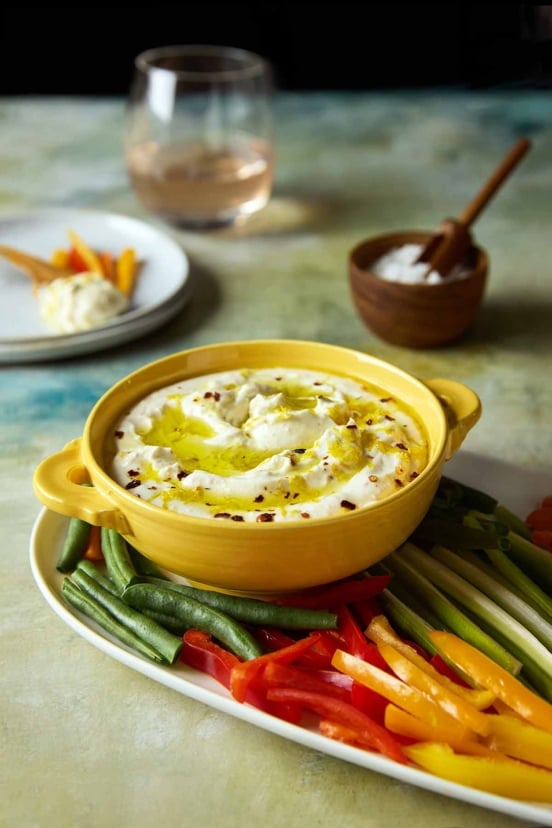
Some people request recipes, others demand them, but those who wrote me about trinchado pined for it. Many of them had recently been to South Africa on vacation and wanted to recapture the taste of this spicy beef dish. As is common with peasant food, the origin of such a dish is hard to verify. It’s believed it’s popular in South Africa because of the Portuguese immigration from nearby Angola and Mozambique. The dish is traditionally served with a heap of chips, a.k.a. French fries. (I wonder if this was a holdover from colonial days?) The Portuguese serve trinchado with chips at their own cafés (small delicatessens) throughout the country. I still have my doubts whether this is a British influence, but it’s delicious either way. Trinchado is meant to be spicy. But be extremely careful when preparing the hot peppers: Wear rubber gloves if you have sensitive skin and don’t touch your face or eyes. When finished, wash your hands thoroughly with hot, soapy water.–David Leite
*What can I use instead of chuck roast?
Some days you just can’t get your mitts on a chuck roast or you’re just wondering if you really have to leave the house. The chuck-eye is a long, slender group of muscles that run down the shoulder of the cow and is close to but cheaper than rib eye. So what to do? Top blade roast and bottom chuck roast are pretty close in taste and texture. Anything that you’d consider using as a pot roast will work just as well here. Look for a piece with indecent amounts of marbling and you’ll do just fine.

Trinchado | Spicy South African Beef
Ingredients
- 1 tablespoon (1/2 oz) unsalted butter
- 1 tablespoon olive oil
- 2 pound chuck roast, cut into 1-inch (25-mm) cubes
- 2 large yellow onions, chopped
- 3 or 4 small hot red chile peppers, stemmed and chopped (keep the seeds)
- 4 garlic cloves (or more if you’re a garlic head), minced
- 2 tablespoons flour
- 1 cup good quality store-bought or homemade beef stock
- 1 cup red wine or 1/2 cup (120 ml) brandy
- 1 bay leaf
- 24 oil-cured black olives, preferably pitted
- Salt and freshly ground black pepper, to taste
- Bread for dunking
- French fries for serving, (optional; not classic but popular)
- Chopped parsley, for garnish
Instructions
- Heat a large sauté pan over medium-high heat for 2 minutes. Add the butter and oil. Once the butter is melted and sizzling, add the beef cubes in 4 or 5 batches and brown well on all sides. Don’t crowd the pan or rush this step; this is what gives the dish its flavor. Remove the cubes with a slotted spoon to a warm plate and set aside.
- Lower the heat to medium, add the onions, chile peppers and their seeds, and cook until softened, about 10 minutes. Add the garlic and cook for an additional minute. Sprinkle the flour over the vegetables and stir until the flour’s fully cooked, about 2 minutes.
☞ TESTER TIP: If you’re worried about the flour clumping, you can load the 2 tablespoons of flour into a mesh strainer and gently dust over the veggies instead of just dumping it in.
- Pour in the stock and red wine (or brandy). Stir until the sauce thickens a bit, about 3 minutes. Add the bay leaf, olives, browned beef cubes and any juices that may have accumulated on the plate. Bring to a boil, reduce the heat to low and simmer, covered, for 1 1/2 to 2 1/2 hours. Check every 15 minutes or so until the meat is very tender.
- To serve, season the trinchado with salt and pepper and scoop it into a large bowl. Top it with fries or serve them on the side. Have lots of bread on hand for dunking. Originally published October 20, 2002.

An LC Original
View More Original RecipesNutrition
Nutrition information is automatically calculated, so should only be used as an approximation.
Recipe Testers’ Reviews
This dish was absolutely delicious. We really enjoyed the flavour and dipping french fries and buns while we ate. My dish ended up having more sauce than the picture indicated but that was fine with us, more to dip our fries and buns into.
The heat was just right and the olives are a must! I didn’t realize that my olives still had pits so it was a little bit of a pain to eat (my bad) so next time I will make sure there aren’t any pits and I might add a few more olives as the salt from them really balanced out this dish.
This was delicious! I’ll be honest, there were a couple of points I was worried that I had messed the recipe up, but it turned out well. Right after I added the wine and up until 45 minutes into stewing, the pot smelled solely of wine, and I was worried that I had ruined the dish, but ultimately it worked well.
The dish was spicy, and it could have been the peppers I used, but I would only use 2 next time if I did it again. The fries did help dilute the spice, but it was slightly overpowering. The prep was pretty minimal and other than checking/stirring, it was a pretty hands-off meal. It’s something that could be left on the stove for hours, and I imagine it’d only get better. The fries were delicious with it, and I would recommend serving it this like this.















This is divine, will definitely make it again!!
Very good and informative, thanks! And the dish is excellent!
I remember something very similar to this in the early ’70s when on holiday in Mozambique — Beira in particular. The dish was served as a free “snack” at most bars in the area when you ordered your first drink. Generally speaking, it was almost like a ladle of stock from the kitchen’s trimmings pot that was spiced up a bit, thickened, and served with a crusty (yesterday’s) roll, which you broke up and dunked as you drank. Being from the stock pot, it was never the same. For example, in a seafood restaurant, you would get the odd crab or lobster leg, prawn or fish tail; from a steak house, it would be closer to what you have in your trinchado recipe, with the meat trimmings forming the base.
As for the South African connection, my theory is Portuguese-style cooking became popular here several years ago. As Patrick Fish so rightly says, we have many immigrants from Mozambique and Angola now living here, and it stands to reason that some have started Portuguese-style restaurants. With many South Africans having visited Mozambique, I’m sure many remember this dish as well as I do, and have requested it at local Portuguese restaurants.
Anyway, a few friends and I have been making this type of dish for many years to serve at parties with drinks before the main meal. I’ve made it with chicken necks, gizzards, and livers, but the most popular version is beef. I use chuck, brisket, or whatever is cheap at the time, and cut it into small 1/4- 1/2-inch cubes, discarding the fat and sinew but retaining the bones to add body to the sauce. I also use more onions and garlic than your recipe suggests, as well as the addition of finely diced green peppers and, occasionally, potatoes cut into small cubes for bulk. As I use the tougher cuts, I use a bit more wine or sherry to soften the meat. The sauce must be coating thickness to cling to the bread roll, and the consistency is adjusted with corn flour before serving. Everything else appears almost exactly the same as in your rendition, with the exception of the olives — I’ll try that next time.
Having said that, I do agree that the French fries are not authentic, although they were popular in the holiday resorts of Mozambique that foreigners frequented, and are still readily available today in the few remaining places worth visiting. I therefore concur that French fries are most likely a colonial/tourist-requested addition.